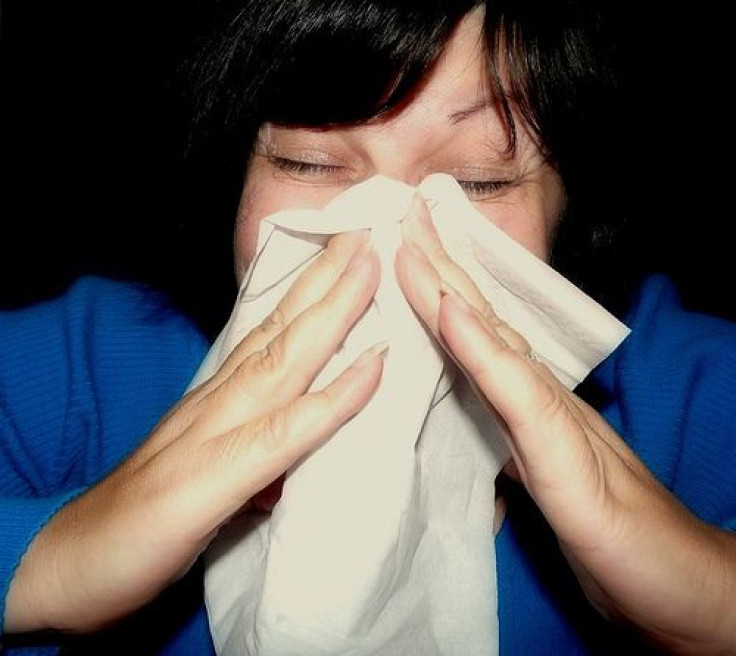New Therapy May stop allergic reactions from occurring

Researchers have found a breakthrough approach to allergy treatment. The new method inhibits food allergies, drug allergies, and asthmatic reactions without suppressing the body’s entire immune system.
In the past 12 months there were 17.7 million reported cases of adults with hay fever, in children 3.4 million reported cases of food allergies and 9.4 million reported cases of skin allergies, according to the Center for Disease Control and Prevention (CDC).
The new type of therapy focuses on the molecule researchers have designed, a HBL Heterobiyalent Ligand, which when introduced to a person's bloodstream can out-compete allergens like Milk or peanut proteins that attach to mast cell, type of white blood cells that is the source of (type-I hypersensitivity) reaction also known as immediate allergic reaction.
"Unlike most current treatments, this approach prevents allergic reactions from occurring in the first place" says Basar Bilgicer, assistant professor of Chemical and Biomolecular Engineering and Chemistry and Biochemistry and principal investigator in Notre Dame's Advanced Diagnostics & Therapeutics initiative.
Mast Cells are found in throughout the body and its primary function is to induce immediate allergic inflammation in immune response. The mast cells are involved in body's defense system against parasitic infections and also tissue repair, but allergy or type-I hypersensitivity occurs when cells react to non-threatening substances, which results in mild itch to anaphylactic shock a deadly type of allergic reaction.
Currently many medications treat type-I hypersensitivity (allergic reaction) by weakening a person's entire immune system, which blocks white blood cells from attaching to the allergens.
HBL hold a lot of promise to combat allergic reactions. "We believe HBL has a very high potential to be developed as a preventative medication, said Tanyel Kiziltepe, a research professor in Advanced Diagnostic & Therapeutics."



























